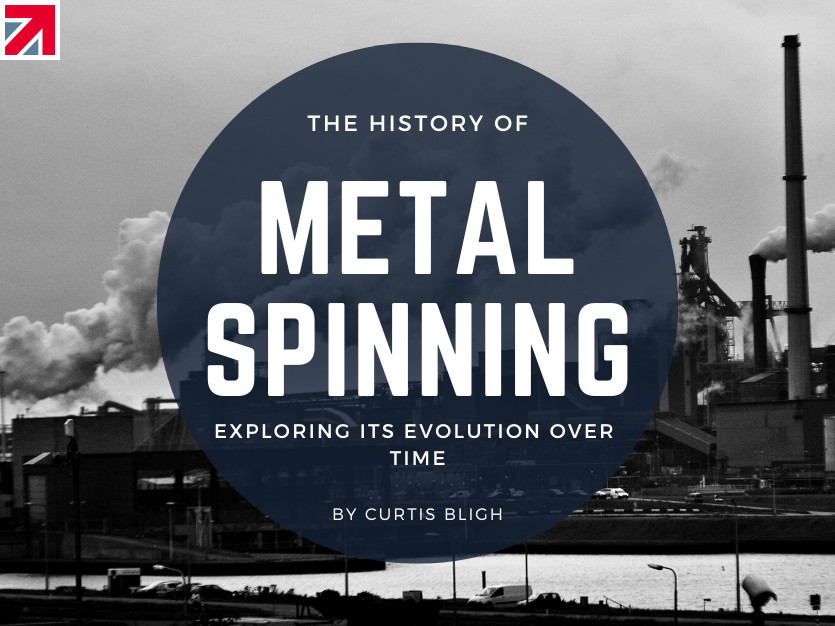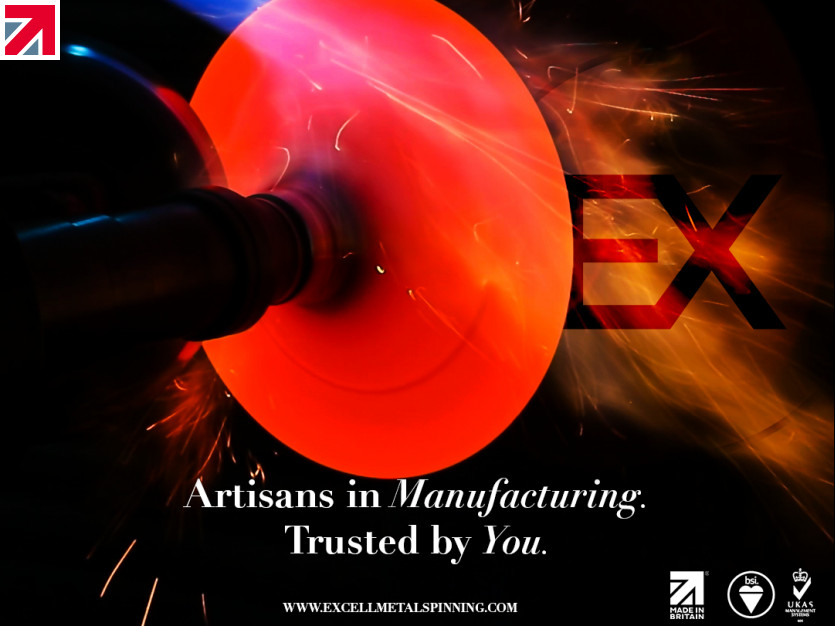Metal spinning, a process in which a sheet metal blank is formed into a cylindrical or conical shape, has a long history dating back thousands of years. The earliest known pictorial evidence of metal spinning can be traced to ancient Egypt, where illustrations in the 4th century tombs of Pharaoh Petosiris show two men operating an ancient lathe. The lathe itself was made of wood and rotated by hand.
Metal spinning was also practiced in ancient China and India, with craftsmen using hand bows to spin materials such as copper, stone, and wood.
During the Middle Ages, advances in metal spinning technology focused on the ability to continuously rotate materials. The bow, which had been used to rotate the lathe, was replaced with a pedal that allowed the craftsman to free up his hands and control the speed of rotation more accurately. These lathes were more compact than earlier versions and were often depicted as small desk-shaped workstations for machining projects.
However, it was not until the Industrial Revolution in the 18th and 19th centuries that metal spinning became a widespread manufacturing technique.
The Industrial Revolution and the Modernization of Metal Spinning
During the Industrial Revolution, metal spinning underwent a significant transformation as new technologies and manufacturing techniques were developed. The invention of the steam engine and the development of machine tools revolutionized the metalworking industry and paved the way for mass production.
One of the key innovations in metal spinning during this period was the development of the lathe in the field of metal spinning. A lathe is a machine that rotates a workpiece while a spinning tool is applied to it, allowing for the creation of more precise and uniform metal objects. The lathe was a major advancement in the metalworking industry, as it allowed for the mass production of parts with high accuracy and repeatability.
Before the development of the lathe, metal spinning was a much slower and less precise process. Craftsmen had to rotate the workpiece manually and apply the spinning tool by hand, which limited the complexity and precision of the resulting shapes. The lathe revolutionized this process by automating the rotation of the workpiece and allowing for the use of more precise tools.
The use of hydraulic presses and hydraulic forming also became widespread in the metalworking industry, allowing for the production of larger and more complex shapes. With the advent of computer numerical control (CNC) technology in the 20th century, metal spinning became even more precise and efficient, with the ability to create complex shapes with high accuracy and repeatability.
Modern Day Metal Spinning
Today, metal spinning is used in a wide range of industries for the production of precision parts with complex shapes and high-quality finishes. Some of the key modern applications of metal spinning include:
Aerospace: In the aerospace industry, metal spinning is used to manufacture a variety of parts, including aircraft fuselages, and engine components. The process allows for the creation of precise and complex shapes with a high degree of symmetry, as well as parts with smooth and aesthetically pleasing finishes.
Automotive: Metal spinning is used in the automotive industry to produce parts such as car wheels, exhaust pipes, and fuel tanks. The process is well-suited to the production of large volumes of parts with consistent quality, and allows for the creation of parts with high levels of strength and durability.
Space: In the space industry, metal spinning is used to manufacture a range of products including Fuel tanks, Antennas and components for Solar panels. Its ability to produce precise and complex parts with high-quality finishes makes metal spinning ideally suited for the Space industry.
The Advantages of Metal Spinning
There are several advantages to using metal spinning as a manufacturing process. First and foremost, it is a cost-effective way to produce metal parts, as it requires less material and labour compared to other metalworking techniques such as casting or forging.
Metal spinning is also a flexible process that allows for the creation of a wide range of shapes and sizes. Complex shapes can be created by spinning a sheet metal blank around a mandrel, a rod or die that is used to form the inside of the part. This allows for the production of parts with precise dimensions and tolerances.
Additionally, metal spinning can be used to create parts with a high degree of symmetry and aesthetically pleasing finishes. The spinning process can create a smooth, uniform surface finish on the outside of the part, as well as a polished finish on the inside.
Conclusion
Metal spinning is a manufacturing process that has a long history dating back to ancient civilizations in Egypt, China, and India. The process has undergone significant transformations over time, with major advancements made during the Industrial Revolution.
Today, metal spinning is used in a wide range of industries for the production of precision parts with complex shapes and high-quality finishes. The process is cost-effective, requires less material and labour, and is capable of producing parts with high levels of strength and durability. Metal spinning is also well-suited to the production of large volumes of parts with consistent quality, making it a valuable process for the aerospace, automotive, and space industries.
Find out more about Excell Metal Spinning Ltd on their member profile page here
Member-created content 2 years ago | From members

